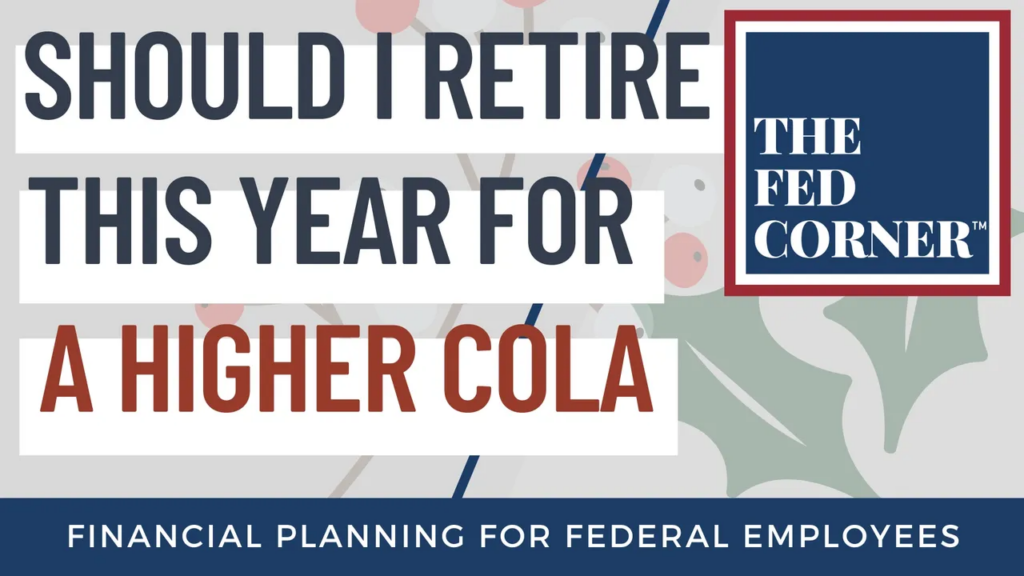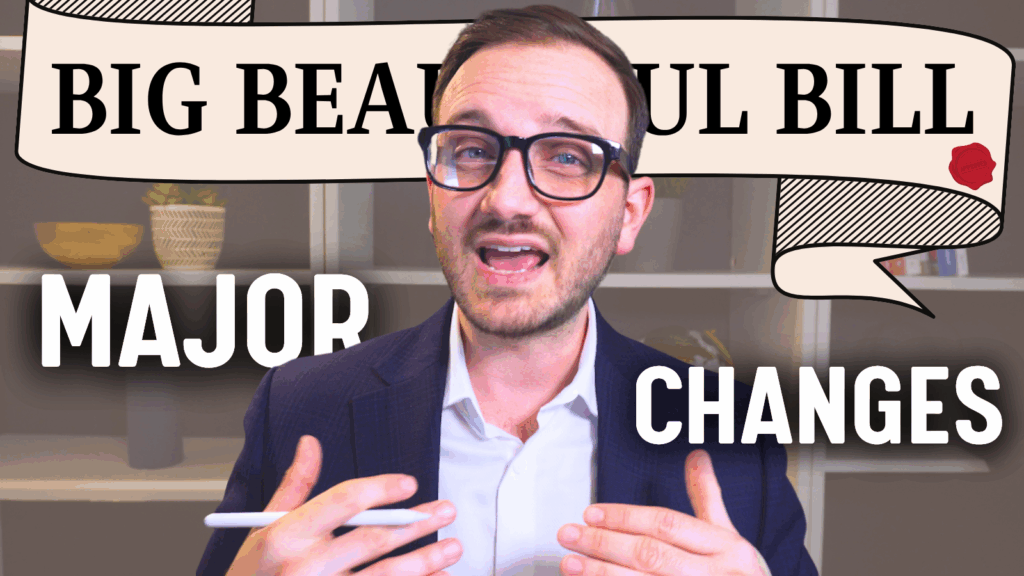Should I retire this year to receive a higher COLA?
Lately there have been legions of writers and advisors telling their clients to consider retiring this year or next in order to capitalize on the high Cost-of-Living-Adjustment (COLA) that is being implemented on FERS pensions.
We like these articles because they do a nice job of getting people to think about their retirement plans. It creates the importance of needing to ensure their plan is still on track and reminds us that planning is a process rather than an event, bringing up various important facts for families to consider.
The problem is that they do less brilliantly on contextualizing the data with a wealth management perspective, having over-simplified the overall concept—a challenge that many feds encounter when seeking retirement planning. Every decision has a pro and con attached and finding the right balance to make the most of your retirement is what we solve for.
The first factor to note is that FERS annuity COLAs begin at age 62, unless you are under special provisions rules. If you will earn a Special Retirement Supplement (SRS) or are retiring earlier than 62, then your FERS annuity does not receive a COLA.
Taking many of these arguments at face value, the difference for retiring early to participate in one year of higher COLA is rarely the most financially compelling. Considering solely the impact in dollars and not in lifestyle, your cost for doing so is multilayered, discussed below.
The first immediate difference is that you’d earn 1-2 years less of income, which equates to X dollars in additional savings that didn’t happen by retiring sooner. That money also gets to be invested, so there’s an opportunity cost as well.
The more relevant factor is that salary receives COLAs as well. While many of these articles do mention this fact, they do not sufficiently address it with an understanding of the overall economics.
As many state, COLAs on pensions have historically been higher than COLAs on salaries. While that might be true, it’s important to remember that COLAs on salaries create a higher bump than COLAs on pension income.
FERS pensions are much lower than a federal employee’s salary while working, so even a 3%+ higher COLA applied to a pension is not as significant of a difference than it appears.
For example, let’s take a $30K pension receiving a 7% COLA; it would see an increase of $2,100. Simultaneously, a salary of $150K receiving half of that in COLA (3.5%) experiences an increase of $5,250.
The COLA-adjusted salary will impact your High-3 figure which is used to increase your pension. Further, having remained employed would also allow for additional creditable service time into the pension calculation, increasing it even more. There’s also the potential for promotions and awards for folks who work longer, although if we’re talking about another year or two, that difference is marginal.
Here’s a simplified example:
$150K with 20 years: $30K pension. 7% pension-COLA increases it to $32,100.
- $150K + 3.5% salary-COLA increases salary to $155,250, in first year. To keep it simple, we’ll assume one worked long enough to bump their High-3 to this figure, and saw no further salary-COLAs.
$155,250 at 22 years: $34,155. Higher pension when everything is settled, plus an extra 2 years of investment contributions and growth on their portfolio.
Even if the High-3 didn’t increase as much and a federal employee only works one year, the math still works: $153,350 at 21 years: $32,235.
This doesn’t include the 10% bonus for retiring with 20 or more years at 62 either, which creates an even larger difference.
The other side of the coin
The other part of the discussion is whether the economic impact of either decision really makes a difference to one’s overall plan. For many of our families, working an extra year or two has nominal impact on their financial well-being (except for when it’s required to qualify for benefits). What is the financial cost of one decision versus the other, compared to the cost to your satisfaction? What’s the true cost of stress or no longer feeling fulfilled? Sometimes the juice is not worth the squeeze.
If the goal is to maximize the dollars, then we can easily figure out the best way to do that. But if other things are more important to someone, like being able to retire sooner to reduce their stress and maximize their happiness, then the action items become different, and the discussions are next-leveled.
There is no blanket answer to the discussion, but it’s important that you consider the impact of one decision versus the other, both economically and as it relates to the rest of your life. Be in touch with us if we can be helpful.




